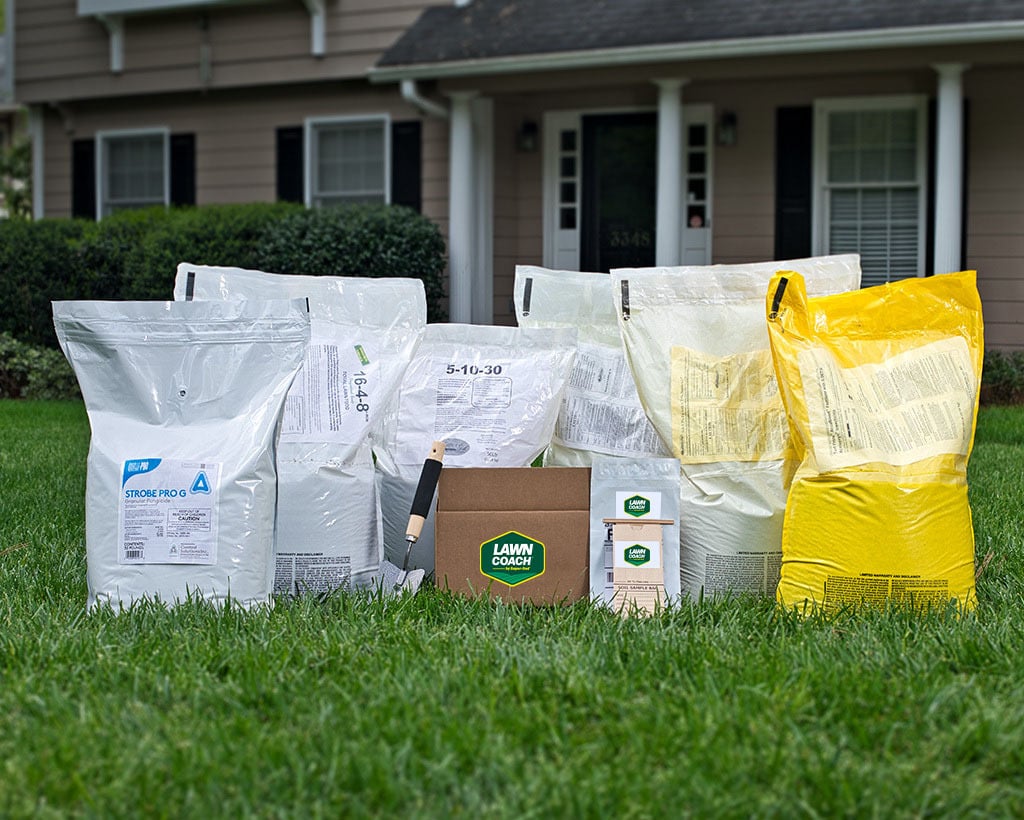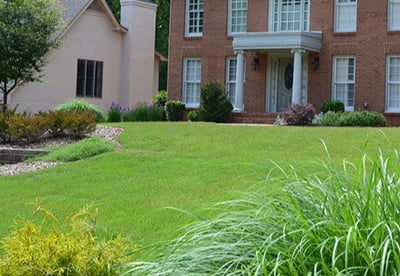
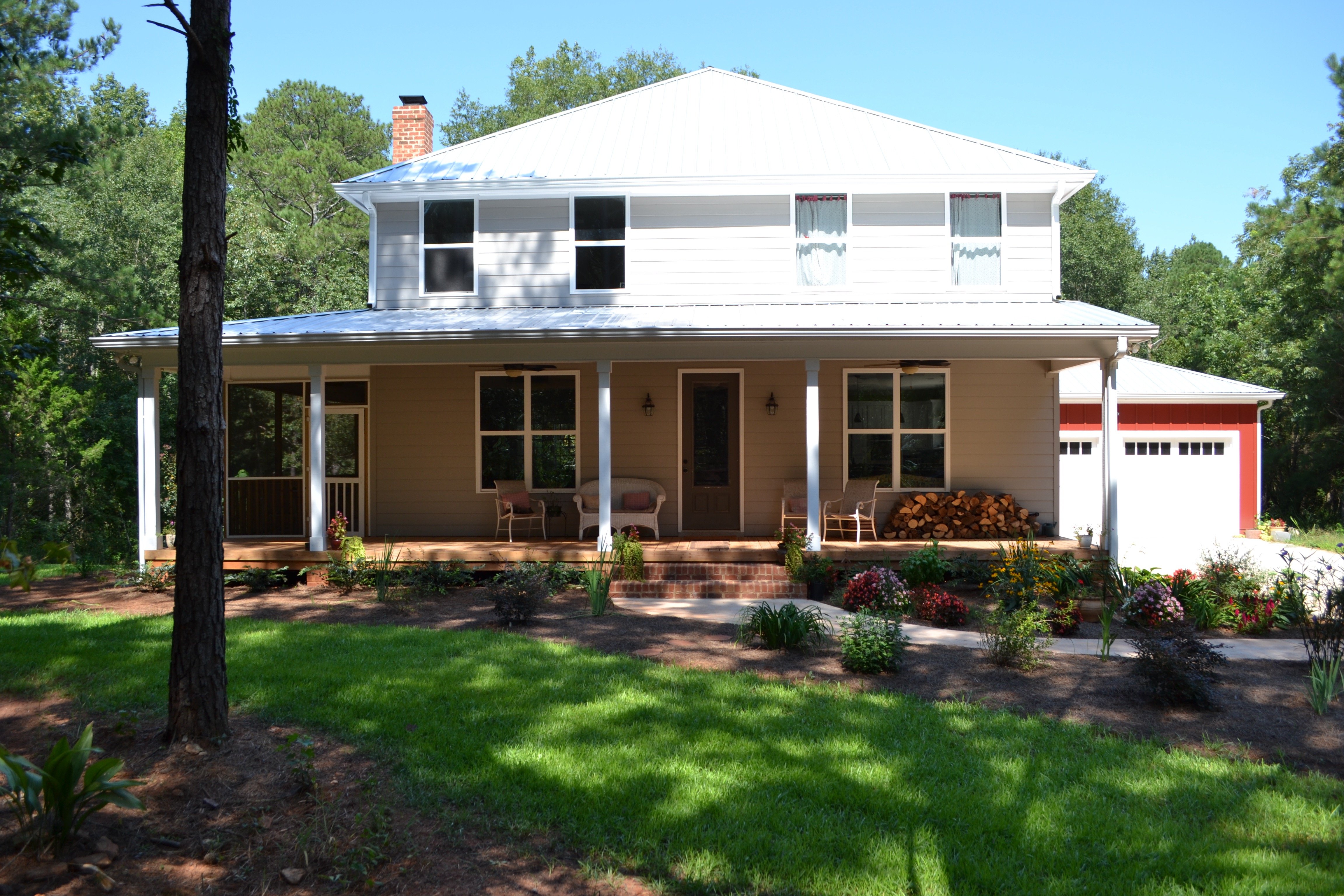
Steps for Seeding a New TifBlair Centipede Lawn
Part 1: The Setup
- Read these precautions and considerations for when Seeding a New or Existing TifBlair Centipede Lawn.
- Run a soil test to determine if lime is needed to raise pH or if specific fertilizers are needed – none may be necessary, so run the soil test to save money and reduce fertilizer use.
- Order TifBlair seed online or pick up at your local Super-Sod store.
- Purchase a spreader. We recommend hand-held spreaders for best accuracy. For your convenience, we offer this hand-held spreader: EV-N-Spred Hand Held Spreader.
- Look up spreader settings for our spreaders or learn how to calibrate spreaders you may already have on blog post: Super-Sod's Yellow Spreader Settings.
- Order Soil³ organic compost from your local Super-Sod store. Using Soil³ promotes the best lawns. You’ll want enough for seedbed preparation and for a light mulch after planting the seed.
- Kill existing grass and weeds using a non-selective herbicide. See our Fescue Seeding Video for specifics on how to kill off existing vegetation.
- If your grass is a temporary rye that has died out from heat like in the video, proceed to the next steps.
Watch the video above to help you visualize the written steps for seeding a TifBlair Centipede lawn.
Part 2: Seeding
Seeding is done at least two weeks after grass is sprayed to kill and after existing grass is dead. Hint: Seeding can be done in one day, depending on several factors (size of yard, number of helping hands, ease of removing old grass), but we suggest planning for splitting it into two days. For instance: remove grass and spread/till Soil³ on one day; the next day spread the seed, lightly mulch with Soil³, and roll to smooth.
- Scrape up dead grass with a shovel or scalp the lawn by setting your mower to its lowest cutting height and mow, bagging and removing clippings and any surface debris.
- Till or rake to loosen the soil and create a good seedbed.
👍 Best practice: spread Soil³ compost to add nutrients and beneficial bacteria to the soil to help seeds germinate (1 cubic yard of Soil³ will cover 1,000 sq.ft.) - Centipede thrives on an acid soil with a pH range of 5.0-6.0. Do not apply lime to Centipede without a soil test.
- According to the results of your soil test, add fertilizer. Centipede does not require much fertility and therefore does not need much nitrogen in its soil. Apply 6 lbs of Super-Sod’s Starter & Centipede Formulation 5-10-30 Plus Iron per 1,000 sq.ft. This is a low-nitrogen fertilizer option if your soil test indicates low levels of phosphorus and potassium. All grasses perform better where fertilizer is tilled into the soil.
- Till your Soil³ compost, lime, and fertilizer to incorporate those elements into the soil and ensure healthy lawn establishment.
- Rake to grade, level, and smooth the bare soil in the lawn planting area.
- Remove debris, sticks, and stones to make a level surface.
- Distribute seed: use a handheld seed spreader and set it to a very small calibration to best spread the small Centipede seed. Divide the seed in half and go over the area twice, distributing from north to south and then from east to west for uniformity. A handheld seed spreader is inexpensive and can be purchased a home supply stores in the garden section.
- Lightly rake to ensure good seed/soil contact – no deeper than ¼ inch (adequate light speeds up the germination process). We do not suggest using wheat straw to cover your seed, as it may introduce foreign weed seeds into your seedbed.
👍 Best Practice: Instead of lightly raking, use Soil³ as a nutritious mulch. Spread a very thin layer of Soil³ on top of seedlings just to the point of lightly covering. Careful: not too much. (1 cubic yard of Soil³ will cover 4,000 sq.ft.) - Roll over the entire area to smooth, ensure proper soil contact, and eliminate air pockets (a drum roller can be rented at many hardware and equipment rental stores).
- Water the seeds. Water them a lot. See the next section for complete watering instructions.
Watering After Seeding TifBlair Centipede
💦 Water thoroughly and immediately after planting. Continue to water and keep the soil moist for at least two weeks. This may require watering 2-3 times daily, depending on the temperatures and your specific location.
After a few weeks, your seeds will germinate. Once germination occurs, you can gradually back off on your watering cycle. Even after your lawn is established, it will need at least of 1 inch of water each week. (How and When to Water Your Lawn)
Weeds
Begin mowing your lawn at a 1.5”-2” cutting height as soon as there is something to mow, including weeds. Mowing will reduce weed pressure.
Note: All sites have weed seeds present, and weeds that germinate alongside your TifBlair Centipede will need to be managed.
More Tips on TifBlair Centipede Seed & Lawn Care
- TifBlair Maintenance Guide
- All our articles on How to Grow a Lawn from Seed
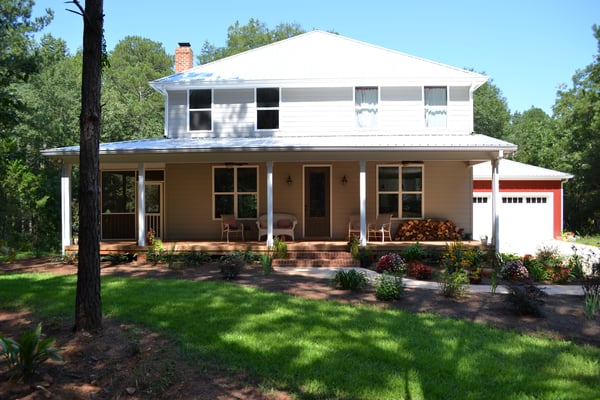
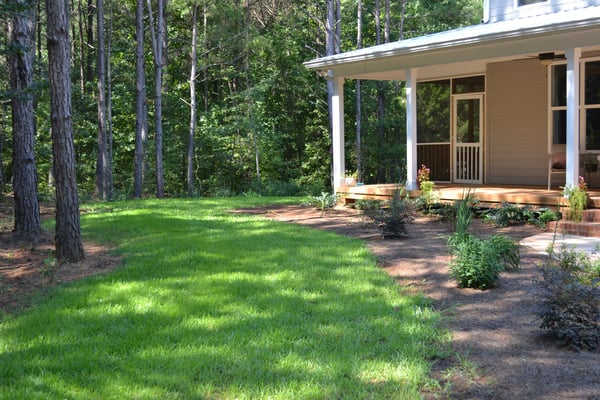
Results: These pictures were taken September 26, 2016
(2 months after seeding TifBlair on July 7, 2016).


